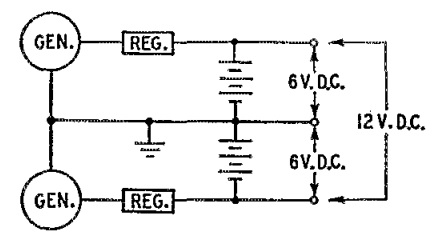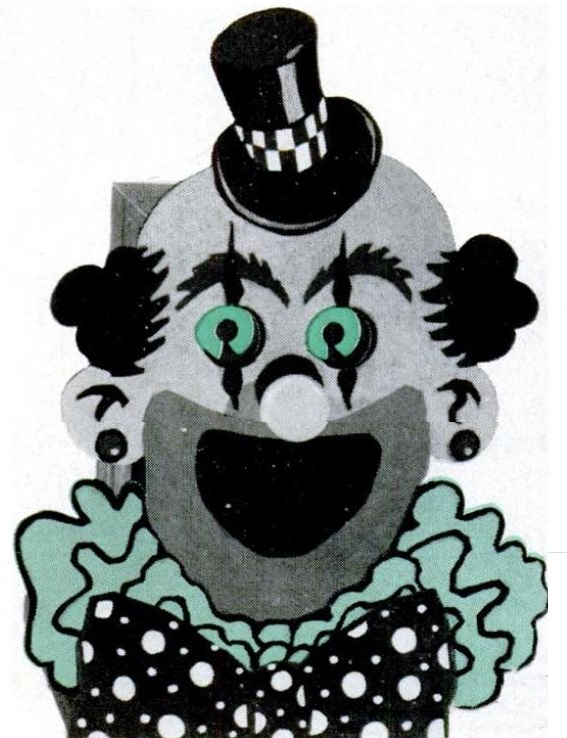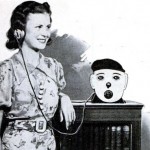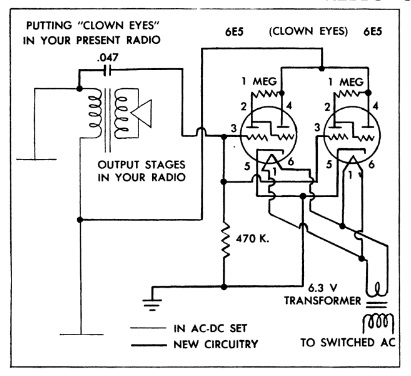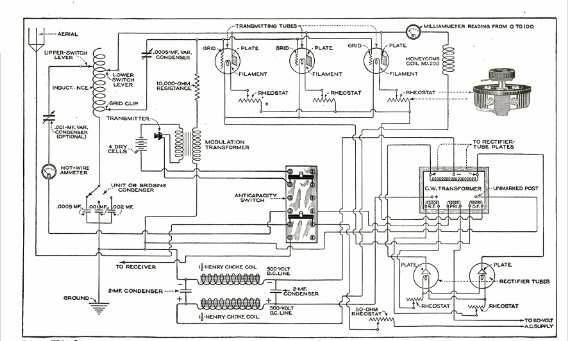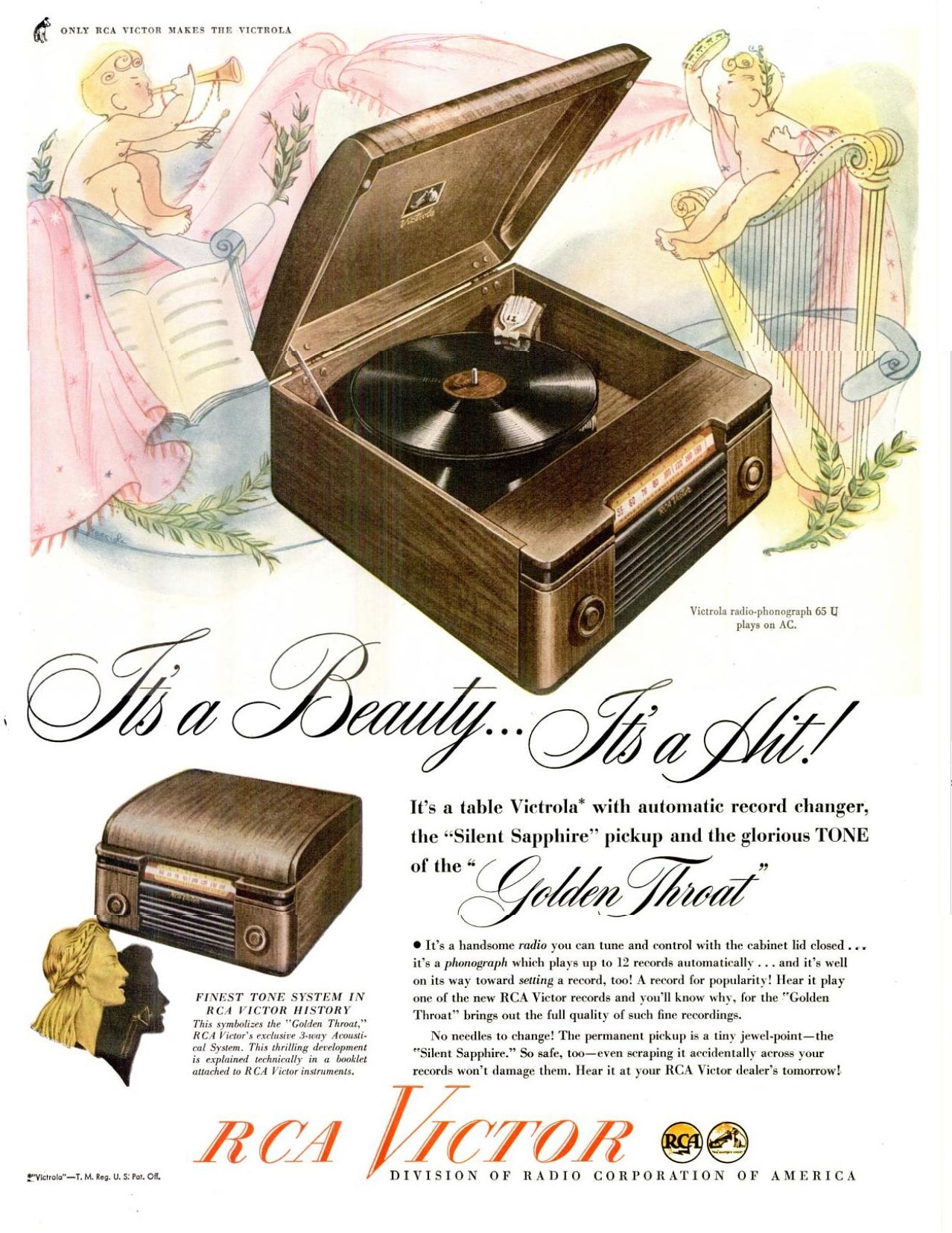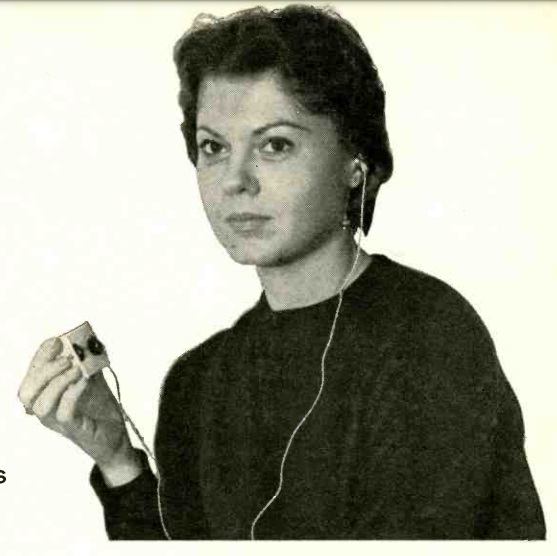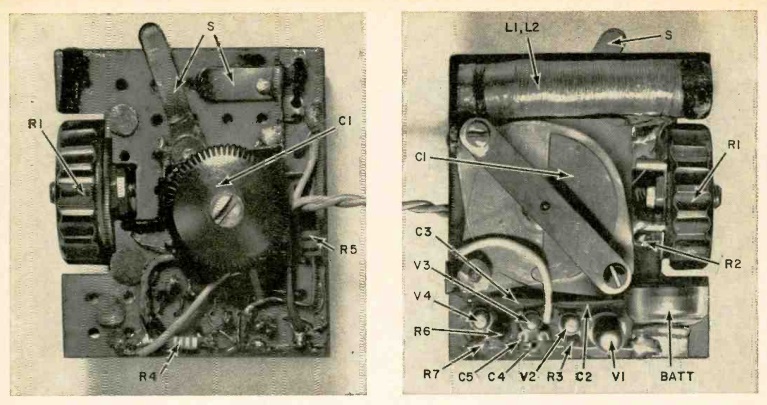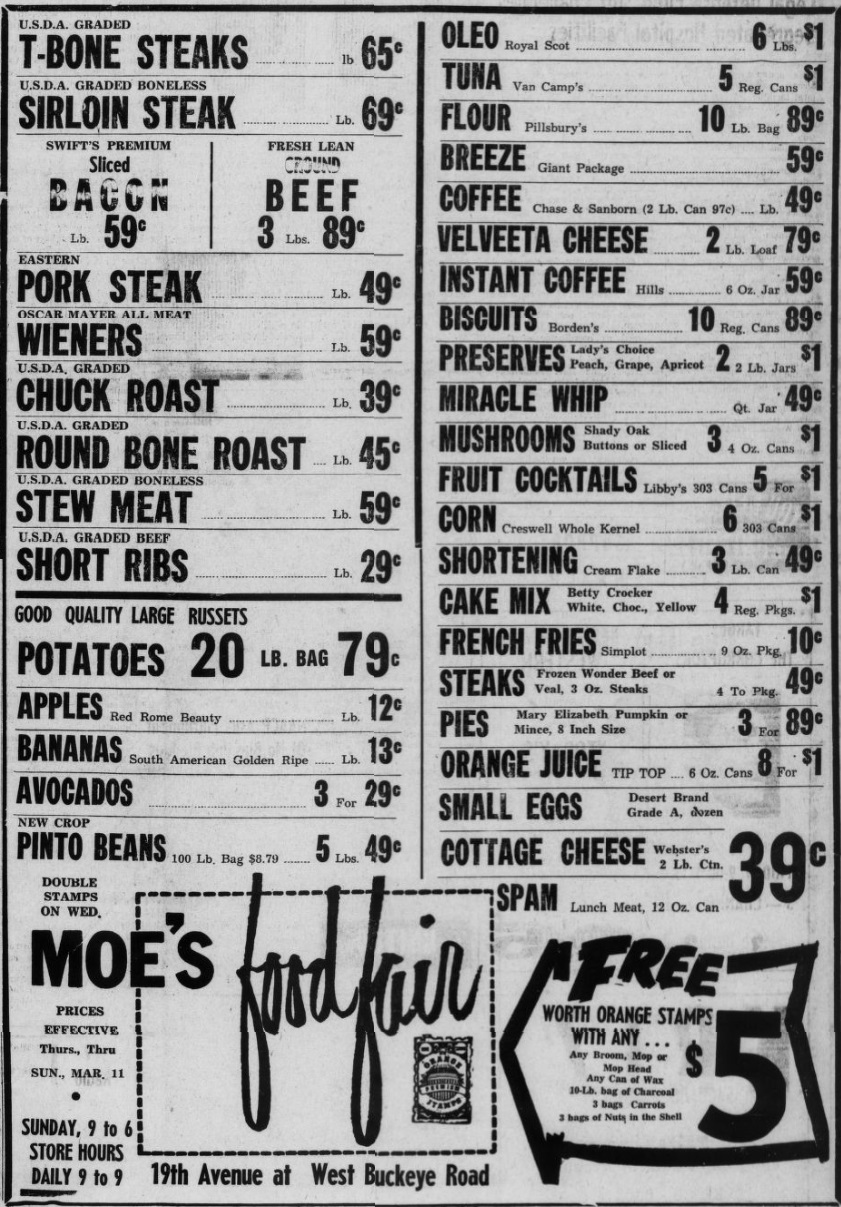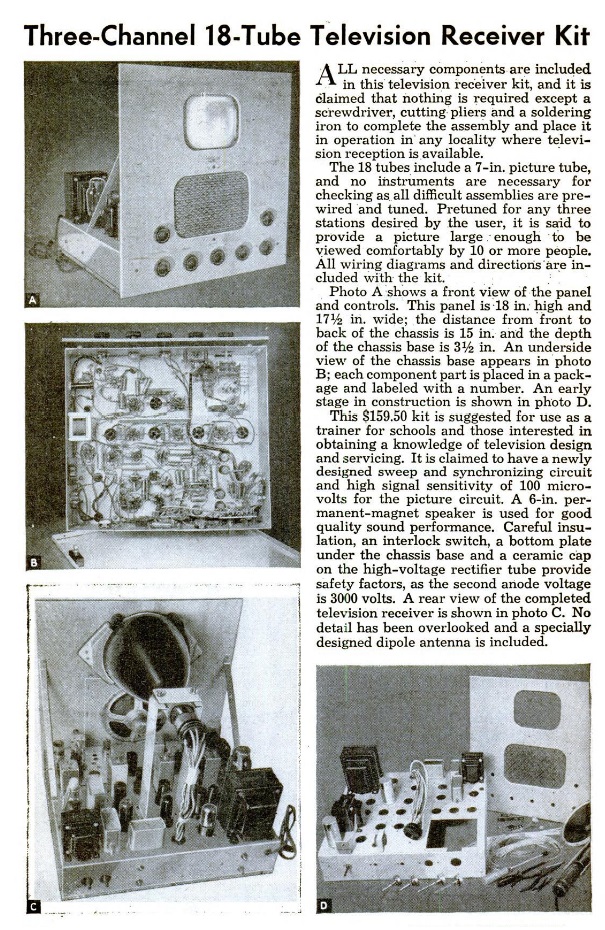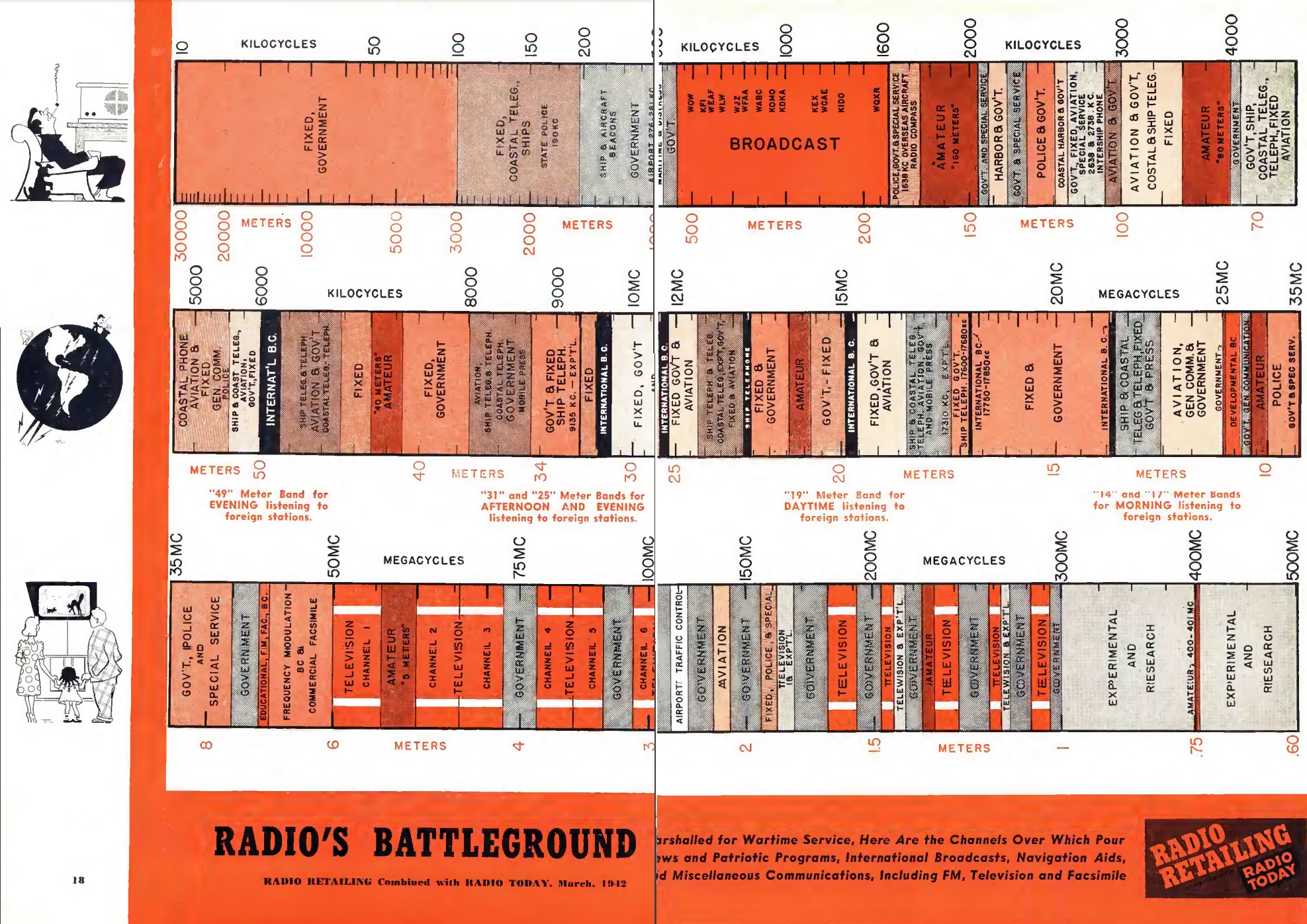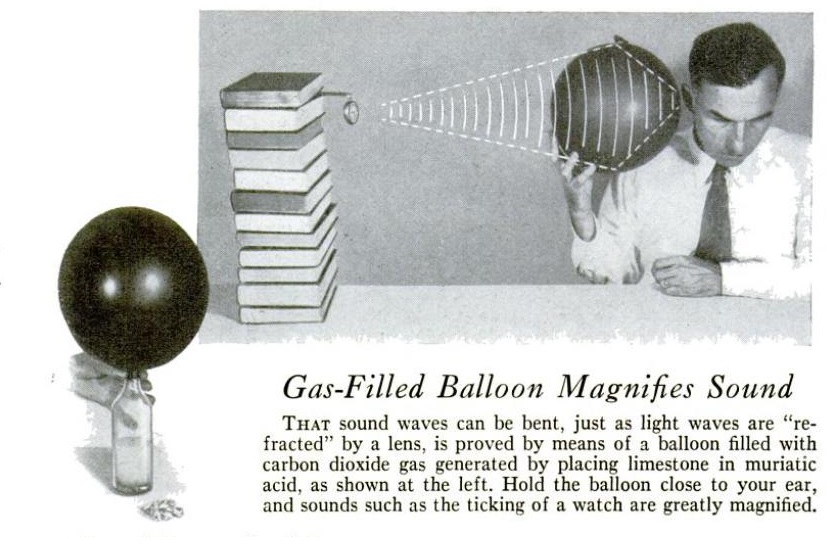 For students looking for a simple but impressive (and slightly dangerous) science fair experiment, this one from the March 1937 issue of Popular Science is almost certain to bring home the blue ribbon. It demonstrates that sound waves can be manipulated with a “lens” in the same way that light can. In this case, the “lens” is made up of a balloon filled with carbon dioxide. Since the CO2 is heavier than air, a bubble full of this gas refracts the sound waves. This can be shown, as hear, by using the “lens” to amplify a distant sound. To prove the effect, another balloon filled with normal air can be compared. If the teacher requires that the project answer a question, then the question can be, “can sound waves be focused in the same way as light waves?”
For students looking for a simple but impressive (and slightly dangerous) science fair experiment, this one from the March 1937 issue of Popular Science is almost certain to bring home the blue ribbon. It demonstrates that sound waves can be manipulated with a “lens” in the same way that light can. In this case, the “lens” is made up of a balloon filled with carbon dioxide. Since the CO2 is heavier than air, a bubble full of this gas refracts the sound waves. This can be shown, as hear, by using the “lens” to amplify a distant sound. To prove the effect, another balloon filled with normal air can be compared. If the teacher requires that the project answer a question, then the question can be, “can sound waves be focused in the same way as light waves?”
To generate the carbon dioxide, the method suggested by the magazine is to place some limestone into a bottle containing muriatic acid. The balloon is placed on the bottle and quickly inflates with the carbon dioxide produced by the reaction.
WARNING: Muriatic acid is another name for hydrochloric acid, and it’s very dangerous. You need to take precautions from getting it on your skin, and especially your eyes, since it could blind you. Do this part of the experiment outside, wear eye protection, and follow these other safety precautions. But you can get the muriatic acid at your local hardware store or on Amazon. For children too young to handle the acid, a parent or teacher can produce the carbon dioxide and give the balloon to the child. The balloon full of CO2 is perfectly safe.
Some links on this site are affiliate links, meaning that this site earns a small commission if you make a purchase after clicking the link.
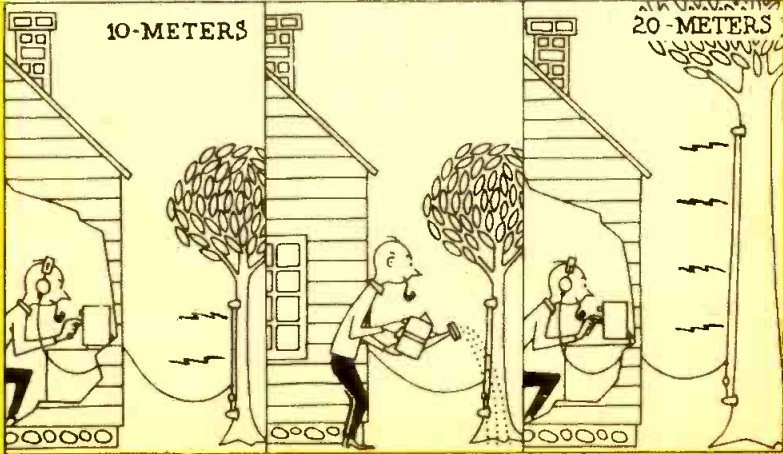
 Sixty years ago this month, the March 1962 issue of Electronics Illustrated carried these self-explanatory plans for the stealth antenna shown at left. It was billed as a way to fight TV interference, basically by keeping a low profile and thus not alerting potentially suggestive neighbors to the possibility that their picture was other than perfect.
Sixty years ago this month, the March 1962 issue of Electronics Illustrated carried these self-explanatory plans for the stealth antenna shown at left. It was billed as a way to fight TV interference, basically by keeping a low profile and thus not alerting potentially suggestive neighbors to the possibility that their picture was other than perfect.
